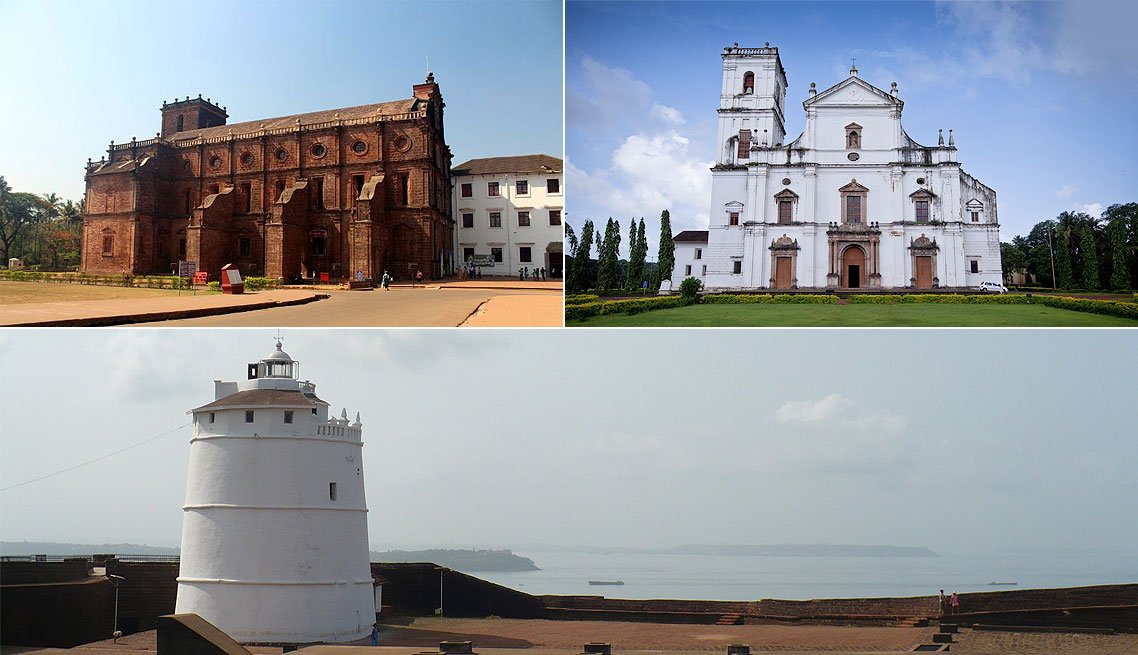
Goa, India’s smallest state by area and the fourth smallest by population. Goa is one of India’s richest states with a GDP per capita two and a half times that of the country as a whole. It is a state in western India with coastlines stretching along the Arabian Sea. Its long history as a Portuguese colony prior to 1961 is evident in its preserved 16th-century churches and the area’s tropical spice plantations. Goa is also known for its beaches, ranging from popular stretches at Baga and Palolem to laid-back fishing villages such as Agonda. Panjim is the state’s capital, while Vasco da Gama is the largest city. The historic city of Margao still exhibits the cultural influence of the Portuguese, who first landed in the early 16th century as merchants and conquered it soon thereafter. Goa is a former Portuguese province; the Portuguese overseas territory of Portuguese India existed for about 450 years until it was annexed by India in 1961. Goa is visited by large numbers of international and domestic tourists each year for its beaches, places of worship and world heritage architecture.
MAIN HIGHLIGHTS:
Basilica of Bom Jesus – A UNESCO World Heritage site, The Basilica of Bom Jesus or Borea Jezuchi Bajilika holds the mortal remains of St. Francis Xavier. It contains the body of St. Francis Xavier, a very close friend of St. Ignatius Loyola with whom he founded the Society of Jesus, the (Jesuits). Francis Xavier died on Sancian Island while en route to continental China on (December 2, 1552). The Basilica of Bom Jesus is more than 408 years old and is open to the public every day. The body of St. Francis Xavier is in a well-decorated casket.
Fort Aguada – Fort Aguada and its lighthouse is a well-preserved seventeenth-century Portuguese fort standing in Goa, India, on Sinquerim Beach, overlooking the Arabian Sea. The fort was constructed in 1612 to guard against the Dutch and the Marathas. It was a reference point for the vessels coming from Europe at that time. This old Portuguese fort stands on the beach south of Candolim, at the shore of the Mandovi River. It was initially tasked with defence of shipping and the nearby Bardez sub district.
Se Cathedral – The Sé Catedral de Santa Catarina, known as Se Cathedral, is the cathedral of the Latin Rite Roman Catholic Archdiocese of Goa and Daman and the seat of the Patriarch of the East Indies. It is located in Old Goa. The Se Cathedral was built to commemorate the victory of the Portuguese under Afonso de Albuquerque over a Muslim army, leading to the capture of the city of Goa in 1510. Since the day of the victory happened to be on the feast of Saint Catherine, the cathedral was dedicated to her.

